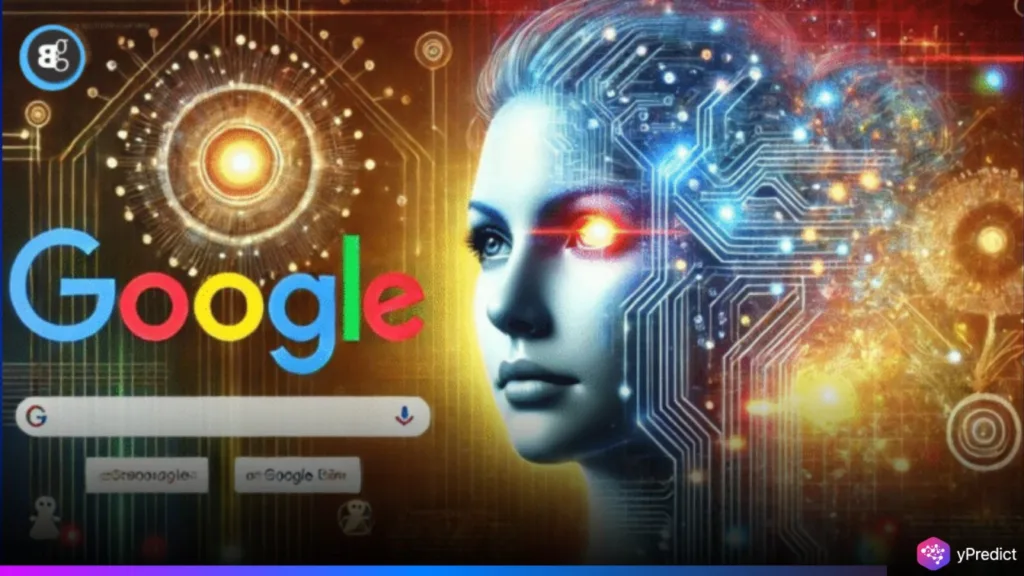
Google has launched a groundbreaking app, AI Edge Gallery, that enables Android smartphones to run advanced AI models completely offline, without cloud access. Google’s AI Edge Gallery lets users download and run AI models directly on their devices, improving convenience and reducing external dependencies. Designed to boost accessibility, privacy, and performance, the release highlights Google’s growing commitment to edge computing and on-device intelligence. With features like AI chat and image captioning, the app marks a major leap in mobile AI for global users.
Google’s AI Edge Gallery: AI Without the Cloud
Google has launched a new Android application called AI Edge Gallery, designed to shift how artificial intelligence operates on smartphones. With this app, users can now harness the power of generative AI, completely offline. From image generation to code assistance and smart Q&A features, the app enables these tasks without relying on internet connectivity.
AI Edge Gallery’s key feature is its ability to run AI models directly on mobile devices without cloud support. This shift from traditional cloud-based AI enables all processing to occur locally, enhancing speed, reliability, and user data privacy. By eliminating internet dependence, it delivers faster responses and greater control over sensitive information during everyday AI interactions. The platform supports tasks like graphic creation, chatbot conversations, code editing, and more, all without requiring an active internet connection.
Google built the app around Gemma 3 1B, a lightweight language model designed for fast and efficient on-device performance. Despite its compact size of 529MB, it processes 2,585 tokens per second, enabling quick, responsive text-based operations. Users can perform tasks like summarization, content generation, and automated replies without relying on external servers or internet access. This small yet powerful model delivers strong features without placing heavy demands on the device’s hardware or battery life.
Furthermore, the application includes a set of modular tools, such as Prompt Lab, which allows users to try AI tasks like text summarizing and classification. The models have been tuned for efficiency and are compatible with devices with enough processing power, such as phones powered by the Tensor and Snapdragon chipsets.
A Developer-Friendly Ecosystem with Customization Tools
Google’s AI Edge Gallery runs models hosted on Hugging Face, a major platform in the open-source artificial intelligence community. It uses Google’s AI Edge platform, combining TensorFlow Lite and MediaPipe to ensure performance across various hardware configurations. This setup supports even modest devices, though results can differ based on the phone’s processing capabilities and available memory. Google recommends using smaller model versions on older or weaker devices to maintain a smooth and responsive user experience.
Additionally, the app’s interface is designed to be simple and intuitive, making AI tools accessible to a broad range of users. AI Chat and Ask Image offer easy access to pre-configured tools for common tasks like conversations and image-based queries. The Prompt Lab lets users experiment with single-turn questions using predefined templates and customization options for more tailored responses. These features help users control how the AI models behave, encouraging exploration without needing deep technical knowledge or programming skills.
AI Edge Gallery is currently in the experimental Alpha phase and is open-source under the Apache 2.0 license. This enables developers and enterprises to freely use, adapt, and sell the app’s functionality. An iOS version is likely to follow.
The Road Ahead for Offline AI
The launch of AI Edge Gallery comes at a critical moment, as Google faces increasing regulatory scrutiny. Recently, the U.S. Department of Justice opened an antitrust investigation into the company’s licensing deal with Character.AI, questioning its compliance with merger review regulations.
Despite this, the new app highlights Google’s commitment to decentralized AI. By supporting on-device model execution, Google is paving the way for more private, accessible AI tools that function independently of constant internet connectivity.
Though certain models may challenge older or mid-range devices, AI Edge Gallery’s scalable design is built for the future. It opens the door to offline voice assistants, localized learning tools, and enterprise AI in low-connectivity regions. In a cloud-driven world, it makes AI more private, portable, and user-centric.






